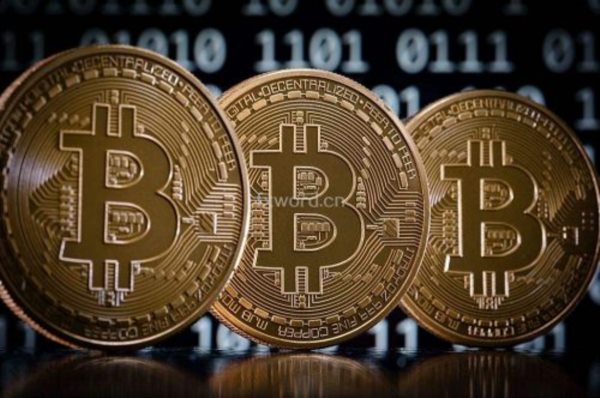时间:2024-04-26|浏览:445

用戶喜愛的交易所

已有账号登陆后会弹出下载

A recent study has calculated that global Bitcoin mining is consuming less energy than banks consume.
The research was conducted by Payless Power, a retail energy provider serving the state of Texas, and analyzed the energy consumption of both Bitcoin mining and the traditional banking system.
According to Payless Power’s calculations, the Bitcoin network consumes about 167 TWh of energy per year, while the global banking system consumes more than 258 TWh.
In other words, according to this research Bitcoin would consume 35% less than traditional banks.
Bitcoin vs. banks: mining requires less energy
In light of these estimates, it would seem that traditional banks are currently overall more harmful to the environment than Bitcoin.
Furthermore, the research by Payless Power also states that Bitcoin could be even more energy efficient in the long run.
The total energy consumption of all banks worldwide would amount to 258.85 terawatt hours (TWh), according to estimates by Payless Power. This consumption would be concentrated in bank data centers, with 225.45 TWh, while physical bank branches, ATMs, and card networks like VISA would consume much less: 22.68 TWh, 2.91 TWh, and 7.81 TWh respectively.
Therefore, the comparison holds, because in banking data centers, energy is consumed by servers, computers, and cooling systems that are actually similar to those used for Bitcoin mining.
In other words, the machines that perform calculations and those used to cool them consume so much, just like in the case of Bitcoin mining.
The estimate for BTC mining globally is 167.14 terawatt hours per year.
The calculations
For this study, various datasets from multiple sources were used to generate estimates on electricity consumption for both the Bitcoin network and global banks.
To estimate the electricity consumption of the Bitcoin network, the data from the Bitcoin Energy Consumption Index updated on April 17, 2024 were used, while to estimate the electricity consumption of banks, four main factors were used, each calculated independently with a separate set of assumptions and extrapolations.
The first factor analyzed are indeed the banking data centers.
Based on assumptions regarding the size of private data centers, energy demand, and operating hours, the energy consumption of Bank of America, with its 23 private data centers, has been estimated.
The remaining data was extrapolated taking as reference the total value of assets held by Bank of America and the total value of assets held by the top 100 banks in the world in 2023.
These estimates to be correct assume that all data centers of all banks have the same size and energy demand, and that the total assets held are related to the use of data centers.
The other three factors considered are the consumption of physical bank branches, ATM consumption, and credit and debit card network consumption.
However, in the end it is the first factor that is the most relevant, because the other three put together would only constitute 13% of the total consumption.
The comparison and the comment
The comparison between the energy consumption of Bitcoin and that of the global banking system reveals surprising insights into the energy efficiency of digital assets.
In fact, despite common perception, Bitcoin uses much less energy (35.4% less) compared to the energy used overall by banking operations worldwide.
According to Payless Power, this analysis highlights the potential of digital assets in offering more sustainable solutions within the financial sector, to the point of forcing us to reconsider our assumptions about the real energy costs of our financial choices.
The CEO of Payless Power, Brandon Young, commented saying:
“It is a common misconception that Bitcoin uses much more energy compared to traditional banks, especially in recent years with many studies highlighting the excessive amount of energy needed to mine the cryptocurrency. However, our study reveals promising results indicating that if the world were to adopt Bitcoin on a global scale, it would actually be more energy efficient.”
According to Young, this disparity in energy consumption highlights the potential of digital assets like Bitcoin to offer more sustainable alternatives in the financial sector, because faced with increasing pressure to mitigate climate change and reduce our carbon footprint, the transition to energy-efficient technologies would be very important to consider, rather than sticking to traditional forms.
Furthermore, the lower energy consumption of Bitcoin would also suggest that decentralized digital currencies could play a significant role in achieving this goal.
The study by Payless Power has highlighted that traditional banking infrastructures are not devoid of inefficiencies at all, and the fact that global banking operations consume substantially more energy than Bitcoin raises questions about the necessity and sustainability of these traditional systems.
Young added:
“In the long term, the transition to energy-efficient financial technologies like Bitcoin could have far-reaching implications for the future. It could lead to a more environmentally conscious financial sector, where digital currencies coexist with renewable energy sources to create a greener and more sustainable economy. By harnessing the benefits of decentralized digital currencies, we can work towards building a brighter and more energy-efficient future for generations to come.”









